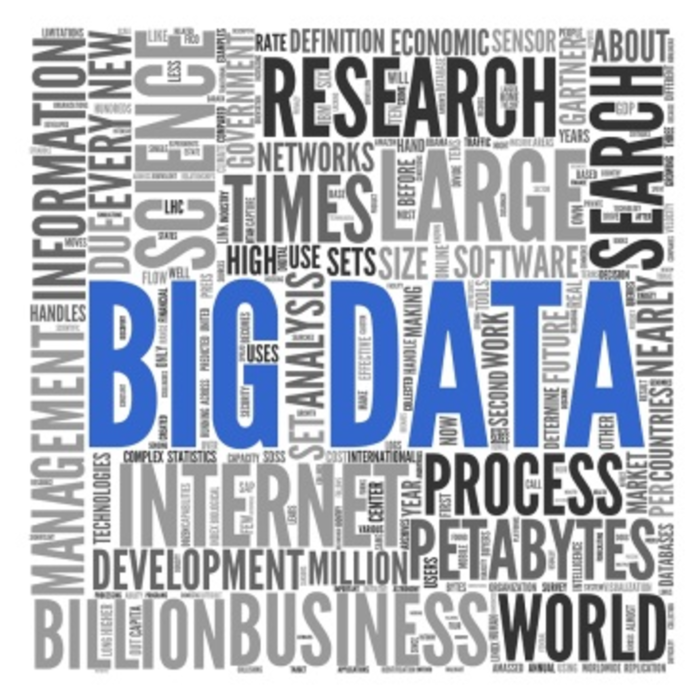Big Data continues to challenge marketers. Large and diverse sets of information can leave them confused, with little or no direction on how to build campaigns. Enter Small Data, which provides insight for marketers to create more meaningful experiences for customers. Now Big Data and Small Data are giving way to Fast Data, a way for companies to quickly apply those insights and for customers to instantly give their responses. But how can marketers get past the size and velocity of data and extract insight that’s actionable? “It’s crucial for marketers to optimize those insights,” says Allen Bonde, VP of product marketing and innovation at analytics firm Actuate Corporation. “Data needs to be accessible, understandable, and actionable.” Bonde and fellow Big Data wrangler Wilson Raj, global director of customer intelligence at SAS, provide marketers with five tips for making that happen.
1. Let the type of campaign define what useful data is. Rather than letting the data lead your campaign, allow the campaign determine which data is important, says Bonde. “Starting with the campaign first will narrow the data search for marketers.” An email campaign, will lead to a different data set than social media, direct mail or display ads on the web.
2. Identify your marketing objective. Know what you want to achieve before you dive into a pool of Big Data. “Start with an objective in mind. Setting your objective is a great way to get past the size and velocity of data,” Raj says. Perhaps a marketer wants to build customer relationships, increase loyalty, or lessen the customer churn. Raj says that by starting with an objective, marketers will know what to look for in the data set. “Marketers can then determine how to approach, gather, use, and analyze data for the information they really need.”
3. Use the data that’s already there. Vast amounts of data remain untapped. That’s information that could help craft campaigns, meet the needs of customers, and convert leads into sales. “For example, many businesses have chat records when consumers are looking for help from customer service,” says Raj. “That data’s been collected but often isn’t used. Use existing data as much as possible.” He says that marketers can mine data they already have and extract issues, compliments, or unmet customer needs.
4. Remember to experiment with your data. Try different tests and experiments that may provide you with more insight about your audience, says Bonde . He notes that too few marketers are willing to try experiments—from A/B testing to social campaigns. Experimenting is a great strategy to get better results from your campaigns. “After your experiment, amplify the things that work; get rid of the things that don’t.”
5. Link data and insights to company product and services. Raj says marketers should focus on the customer’s behavior—past purchases, browsing habits that show a potential to buy—and then link products to those consumers. “Home in on the people who are actually buying versus the entire set of data,” he advises. Doing this and comparing info from other channels will help marketers enrich their customer profiles and determine what’s motivating a consumer.







